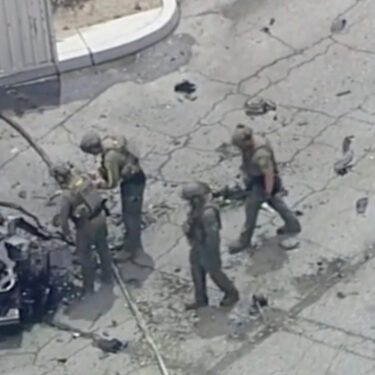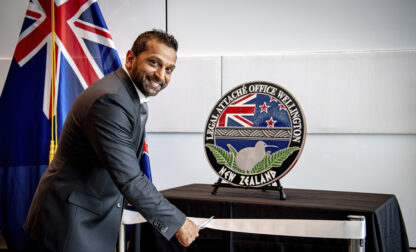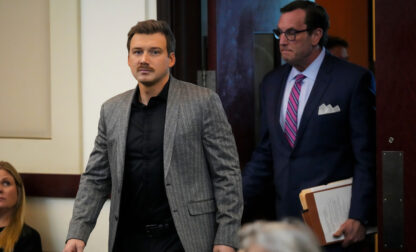Within minutes of a car bomb explosion outside a fertility clinic in the upscale city of Palm Springs, California, the AP team sprang into action—delivering detailed, authoritative coverage across formats that led the story nationally and became one of the most-read text pieces of the weekend.
Despite it being a Saturday, AP journalists quickly began contacting law enforcement sources and witnesses, gathering user-generated content, and filing vivid photos and video. Their coverage captured the gravity of the attack and reflected the organization’s strengths in fast-breaking news situations.
Eric Tucker, recognizing the potential terrorism angle, confirmed through trusted law enforcement sources that the explosion had originated in a car and that the person killed in the blast was believed to be the perpetrator.
Alanna Durkin Richer later reported that the suspect had attempted to live stream the explosion—though the video failed to upload—and had left behind writings pointing to a possible motive.
John Johnson and Sejal Govindarao secured significant witness interviews. Johnson reached the head of the fertility clinic and reported—well before the competition—that none of the embryos had been damaged. The New York Times later credited that detail to AP, and the FBI confirmed it 24 hours later.
The AP’s thorough, high-impact coverage demonstrated its ability to break news quickly, verify critical details under pressure, and deliver reporting that shaped national understanding of a complex and developing story.




